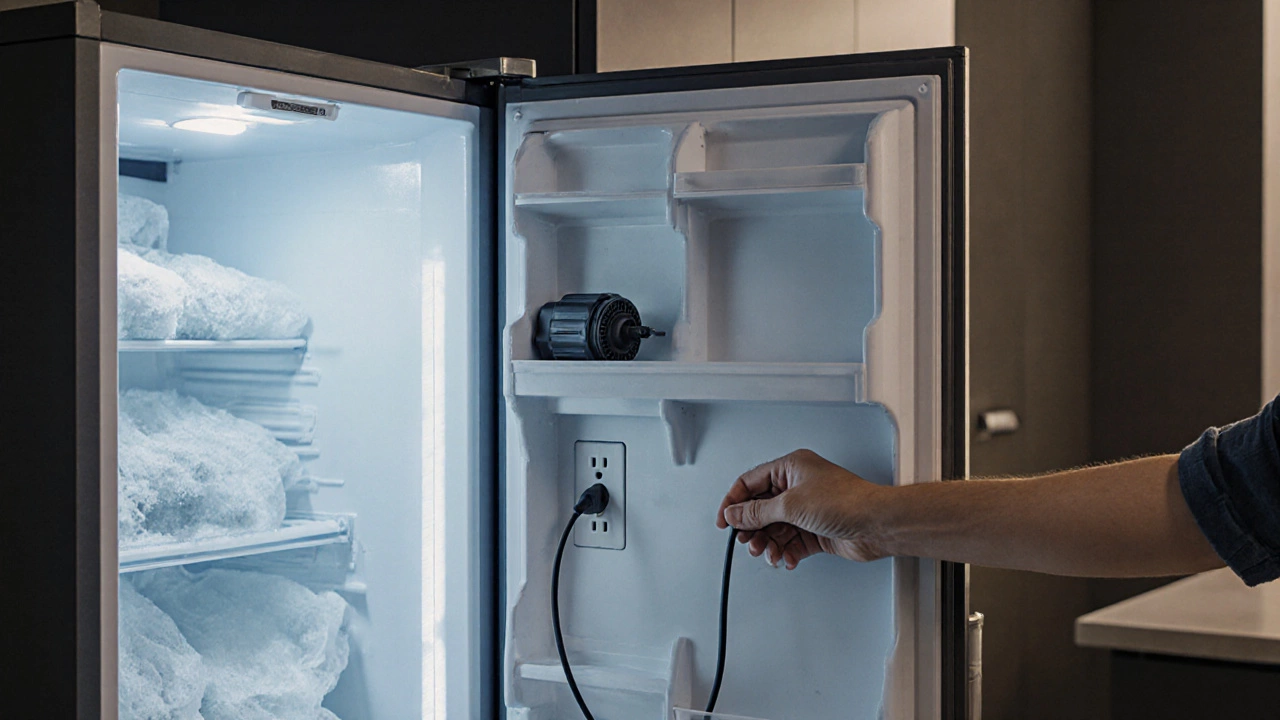DIY Appliance Repair: Practical Tips and Guides
When working with DIY appliance repair, the practice of fixing household appliances yourself using guides, tools, and safety steps. Also known as do‑it‑yourself appliance fixing, it lets you save money and understand how your home works. Oven repair, fixing heating elements, thermostats, or control boards in electric and gas ovens is one of the most common projects, while water heater maintenance, flushing tanks, checking thermostats, and resetting safety valves keeps showers hot and bills low.
Most people turn to DIY repair because calling a technician can be pricey and time‑consuming. With a basic tool kit—screwdrivers, multimeter, pliers, and a few safety gloves—you can tackle many faults before you ever pick up the phone. Knowing the right steps also cuts down on the risk of misdiagnosing a problem, which often leads to unnecessary part replacements. Plus, you gain confidence: fixing a faulty hob or a leaky fridge feels rewarding and reduces waste.
Common appliances that show up in DIY guides include boiler troubleshooting, identifying error codes, bleeding radiators, and checking pressure levels, and extractor fan replacement, removing old units, wiring new fans, and sealing ductwork. Each of these jobs follows a similar pattern: diagnose the symptom, locate the faulty part, replace or repair it, and test the system. Understanding the overlap between these tasks makes the learning curve gentler—once you’ve swapped an oven heating element, swapping a dishwasher pump feels familiar.
DIY appliance repair encompasses troubleshooting, part replacement, and preventive maintenance. It requires a clear view of the problem (diagnostic), the right component (sourcing), and safe execution (installation). A good repair plan always includes a safety check—turn off power, shut water supply, and vent the area. After the fix, run the appliance through its normal cycle to confirm the issue is gone. This cycle of diagnosis → repair → verification forms the backbone of successful DIY work.
When you’re stuck, start simple: check that the appliance is getting power, look for obvious damage, and listen for unusual noises. A dishwasher that won’t start often has a tripped door latch; a washing machine that leaks may have a worn hose; a fridge that runs constantly could need coil cleaning. These quick checks save hours of work and often solve the problem without opening the unit. The articles below walk you through each of these scenarios step by step, giving you the confidence to fix, maintain, or decide when a professional call is truly needed.
Below you’ll find a curated collection of guides covering everything from heating your home after a boiler break to detailed cost comparisons for refrigerator repair versus replacement. Whether you’re a complete beginner or have fixed a few appliances already, the tips, tools, and safety advice here will help you decide what to tackle next and how to do it right.
How to Reset a Freezer Compressor - Easy DIY Guide
0 Comments
Learn how to safely reset a freezer compressor with step‑by‑step DIY instructions, troubleshooting tips, and preventive maintenance advice.
Read More